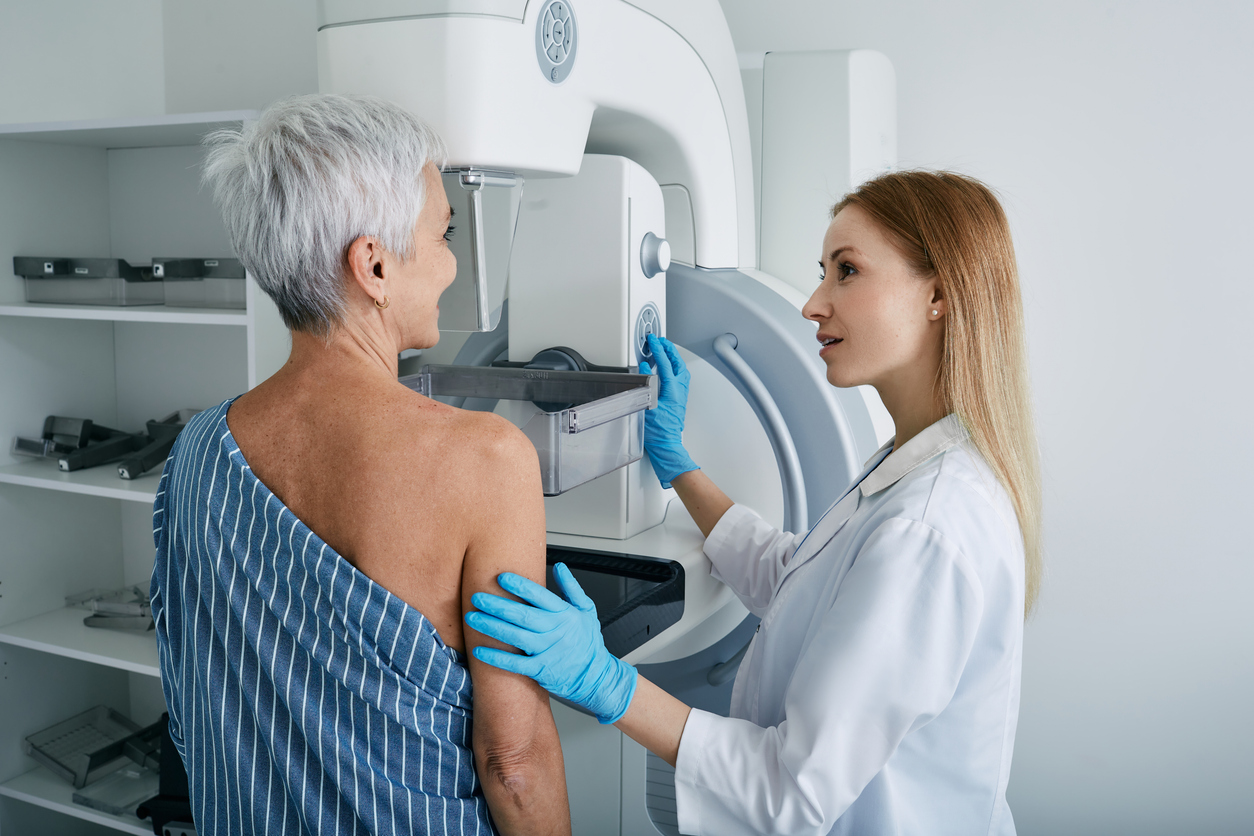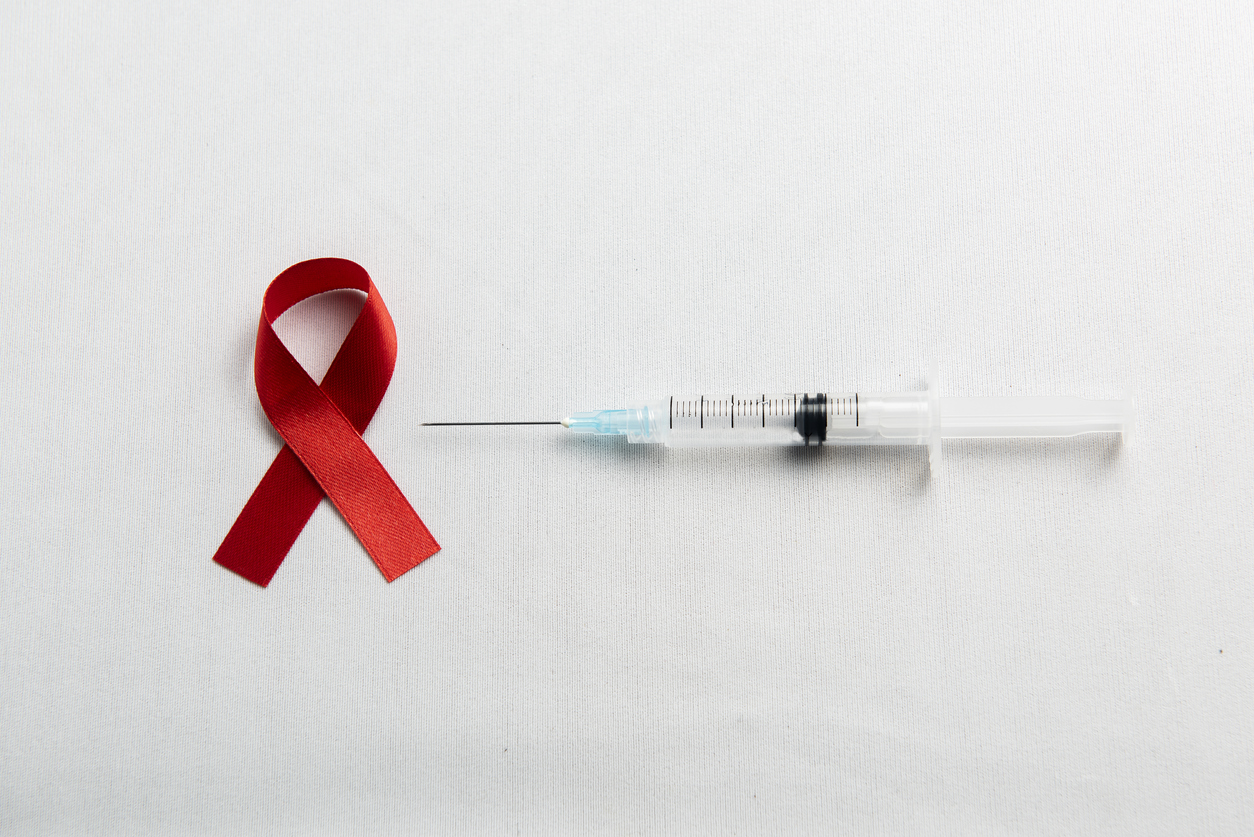2025-10-08
Nano-spies against breast cancer?
Oncology
By Ana Espino | Published on october 8, 2025 | 3 min read
Breast cancer remains the leading cause of cancer-related death among women worldwide. Despite progress in screening and treatment, many aggressive forms (triple-negative, HER2+) continue to evade conventional therapies. The main limitations lie in the lack of specificity of diagnostic agents, the cumulative toxicity of treatments, and the absence of real-time tools for monitoring therapeutic efficacy.
In this context, bioinspired nanotechnologies, particularly quantum dots (QDs), offer promising perspectives. These semiconductor nanocrystals possess unique optical properties, controllable nanometric size, and can be functionalized to specifically target cancer cells. The aim of this review is to provide an overview of recent advances concerning bioinspired QDs in the diagnosis, therapeutic monitoring, and targeted treatment of breast cancer, highlighting their biological advantages, current limitations, and clinical prospects.
Targeting, imaging, therapy: what can QDs really do?
This review is based on a selection of recent studies devoted to bioinspired QDs applied to breast cancer. The analyzed articles describe their synthesis from natural sources, targeted functionalization, and applications in imaging, targeted therapy, or phototherapy. The analysis considers their biological properties, biocompatibility, diagnostic and therapeutic performance, as well as the current limitations to their use in clinical settings.
Data show that bioinspired QDs can be used for early tumor detection through high-resolution optical imaging, real-time monitoring of tumor progression, targeted delivery of anticancer treatments, or for photodynamic and photothermal therapies activated by irradiation. Some platforms combine both diagnostic and therapeutic functions (theranostics), thereby allowing personalized monitoring of treatment response. Moreover, these QDs generally exhibit lower toxicity than traditional versions based on heavy metals such as CdTe or CdSe.
Toward a nano-personalized revolution
Breast cancer remains a heterogeneous disease, marked by aggressive forms that are often difficult to detect early or to treat in a targeted way. One of the main current challenges is to develop diagnostic and therapeutic tools that are both precise and adaptable to tumor diversity, while reducing the toxicity of conventional approaches. This review aimed to assess the potential of bioinspired QDs as innovative agents for diagnosis, personalized monitoring, and targeted therapies in breast cancer.
The results highlight significant optical properties, increased tumor specificity, and the ability to integrate diagnosis and therapy into a single tool. These bioinspired nanostructures pave the way for a visual precision medicine that combines high-resolution imaging, targeted drug delivery, and remotely activated therapies.
However, the limitations of this study persist and justify further research. These should include the standardization of synthesis methods, long-term toxicological studies, and in-depth preclinical investigations to validate their safety. The development of stable, clinically compatible formulations and their integration into combined therapeutic protocols will also be essential to bring these technologies forward as tomorrow’s clinical tools against breast cancer.
Read next: Eugenol: clove against cancer?
About the author – Ana Espino
PhD in Immunology, specialized in Virology

Last press reviews
Could cinnamon become a natural treatment for metabolic syndrome?

By Lila Rouland | Published on December 5, 2025 | 3 min read<br><br>...
Who is afraid of Christmas? Do holidays trigger psychiatric crises?

By Carolina Lima | Published on Décember 4, 2025 | 3 min read
Twice-yearly injections to change the game?

By Ana Espino | Published on December 3rd, 2025 | 3 min read